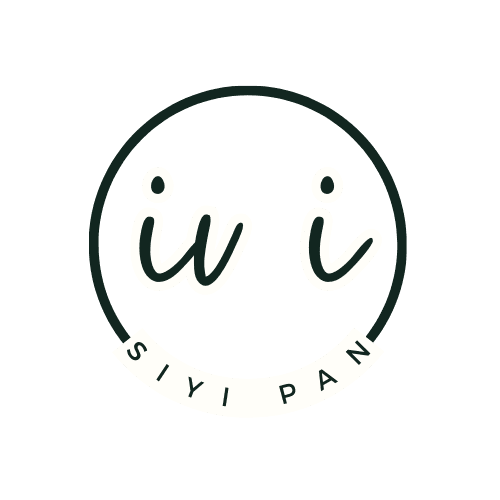Planning for Inclusive Movement
In movement experiences, inclusion means ensuring all children, regardless of physical ability, neurodiversity, language background, or cultural identity, can participate meaningfully and express themselves through their bodies. When we, as educators, see movement as a form of communication, we must see how essential it is to offer varied and accessible ways for every child to be heard.
Dinham and Chalk (2018) stress that inclusion in the arts requires flexible design and pedagogy. For preschoolers, inclusive movement might look like:
Offering multiple ways to participate (e.g., seated versions, different body parts, or slower rhythms)
Using visual aids, gestures, and modelling to support understanding
Providing choices and celebrating children’s unique interpretations of movement
Including culturally relevant music, rhythms, and storytelling elements
For example, in the “Move Like a…” activity (Healthy Kids NSW, 2021), children act out animal movements. This simple structure can be easily adapted for diverse learners, allowing children to choose animals that reflect their cultural context or comfort level, use upper body movements while seated, or perform at a pace that suits their needs.
Weston and Ang (2014) state that truly inclusive curricula are not about standardising experience, but about honouring children’s diverse social, emotional, and physical contexts. In her words, “curriculum is a human endeavour involving cultural values, assumptions and languages” (p. 3). When applied to movement planning, this means educators must actively reflect on who is being included, how, and why — adapting their practices to support diverse ways of moving, thinking, and being.
Rather than asking children to fit into planned activities, inclusive educators can ask:
What does this child need to feel comfortable moving?
How can I provide options that still encourage expression, coordination, or cooperation?
How can I best support children with language barriers?
This flexible and responsive approach is strongly aligned with EYLF V2.0 principles of Equity and Diversity and High Expectations for Every Child (AGDE, 2022). It also meets the intent of NQS Quality Area 1.1.2, which requires educators to base the program on each child’s strengths, culture, abilities and interests (ACECQA, 2020).
